

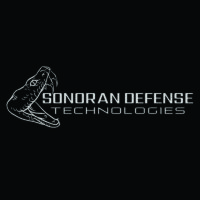


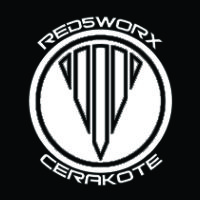

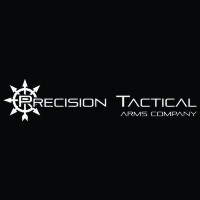
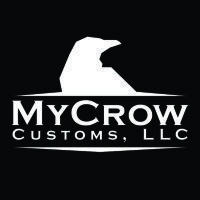
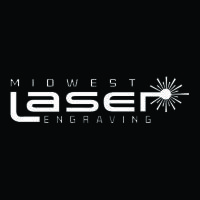
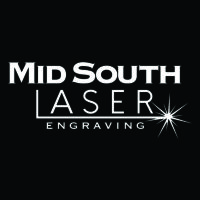


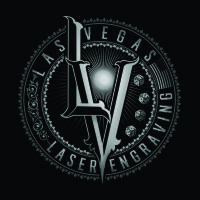




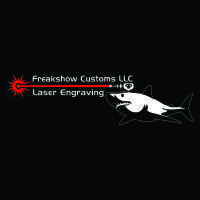




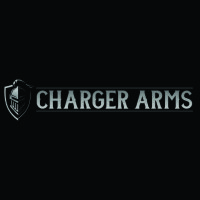
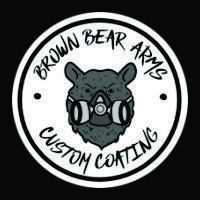


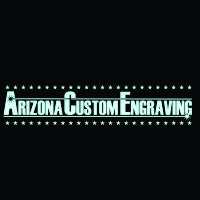

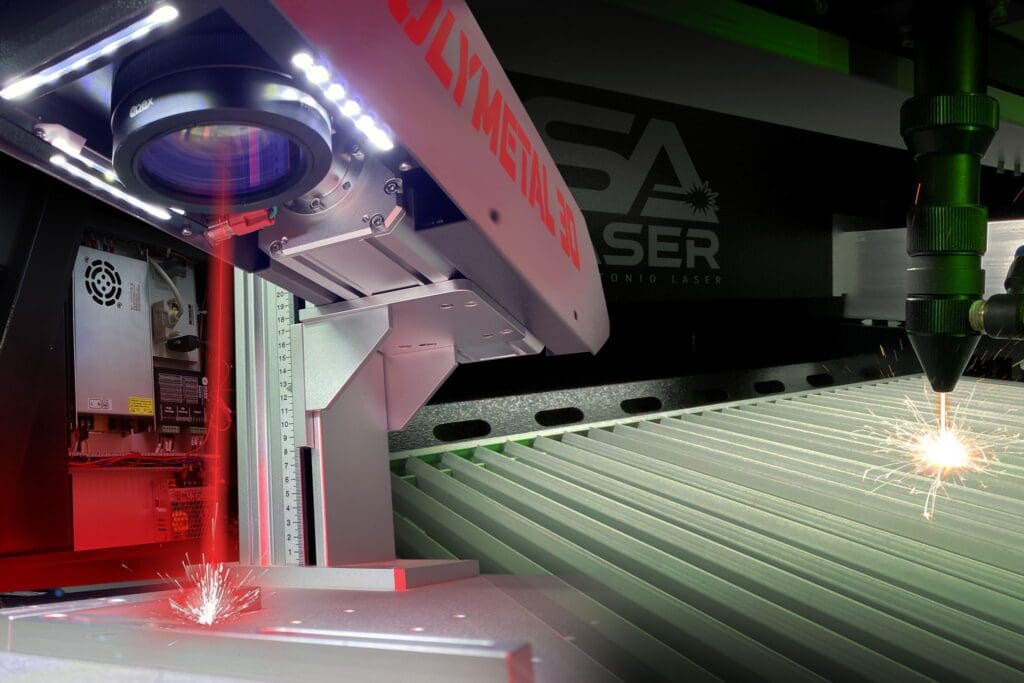
If you’re in the market for a laser cutter, then you may be wondering about the differences between fiber lasers and CO2 lasers. Both have their advantages and disadvantages, so it can be tough to decide which one is right for you. In this article, we’ll take a look at each type of laser and explore what they’re best used for. We’ll also answer some common questions about fiber lasers and CO2 lasers so that you can make an informed decision when purchasing your new machine.
Fiber lasers are a type of laser that use a fiber optic cable to deliver the beam. The fiber optic cable is usually made of glass or plastic, and it can be either single-mode or multi-mode:
Fiber lasers are often used in industrial applications because they’re very efficient and can be used for a variety of tasks, such as cutting, welding, and marking. fiber lasers are also becoming more popular in the consumer market due to their versatility and relatively low cost. If you’re in the market for a new fiber laser engraver and want to learn about the different models we offer, and how you should approach purchasing one, please click here for more information!
CO₂ lasers are a type of laser that uses carbon dioxide gas as the lasing medium. The CO₂ laser is excited by an electrical current that passes through the gas, which then produces a beam of infrared light.
CO₂ lasers are often used for cutting and engraving because they’re very versatile and can be used on a variety of materials. CO₂ lasers are also becoming more popular in the consumer market due to their relatively low cost.
All lasers have three main components: an energy source, a lasing medium, and an optical resonator:
There are a variety of businesses that use laser cutters, such as:
Laser cutters were first developed in the 1960s for industrial applications. However, they didn’t become widely available until the 1980s when advances in technology made them more affordable. In recent years, laser cutters have become increasingly popular in the consumer market due to their versatility and relatively low cost.
CO₂ lasers are the older technology, with the first prototype being built in 1960. fiber lasers were developed in the late 1970s.
The cost of fiber lasers varies depending on the power, features, and quality. Lower-end fiber lasers can start around $5,000, while higher-end models can cost up to $100,000. In fact we have an entire guide that goes over laser cutting machines prices to help determine which one is right for you.
The cost of CO₂ lasers also varies depending on the power, features, and quality. Lower-end CO₂ lasers can start around $1,000, while higher-end models can cost up to $50,000.
The speed at which a laser cutter can cut depends on a variety of factors, such as power, material, and thickness. However, fiber lasers are generally faster than CO₂ lasers. Fiber lasers are faster because they’re more efficient, requiring less energy to operate. This makes them ideal for cutting thicker materials and for projects that need to be completed quickly.
Fiber lasers can cut at speeds of up to 100 inches per minute. CO₂ lasers can cut at speeds of up to 50 inches per minute.
Fiber lasers can cut a variety of materials, including:
CO₂ lasers can also cut a variety of materials, including:
Fiber lasers have a number of advantages over CO₂ lasers, including:
Fiber lasers also have a few disadvantages, including:
CO₂ lasers have a few advantages over fiber lasers, including:
CO₂ lasers also have a few disadvantages, including:
There are a few important factors to consider when purchasing a laser cutter, including:
Now that you know the differences between fiber and CO₂ lasers, as well as the key factors to consider when purchasing a laser cutter, you’re ready to choose the right one for you. Here are a few things to keep in mind:
A plasma cutter is a type of machine that uses plasma to cut through materials. Plasma is a hot, electrically charged gas that can easily cut through metal and other conductive materials.
Plasma cutters are often used in industrial applications, such as cutting metal for construction projects or manufacturing purposes. They can also be used for more creative endeavors, such as creating artwork or sculpting.
Plasma cutters are available in a variety of sizes and power levels, so you can choose the one that best suits your needs. For example, a small plasma cutter might be perfect for cutting thin metal sheets, while a larger machine could easily cut through thicker materials.
Plasma cutters are similar to fiber lasers and CO₂ lasers in that they can be used to cut through a variety of materials. However, there are some key differences between these three types of machines.
Fiber lasers are more precise than plasma cutters and CO₂ lasers, making them ideal for cutting thin materials or for projects that require intricate cuts.
CO₂ lasers are less expensive than fiber lasers, making them a good choice for budget-minded shoppers.
Plasma cutters are the most versatile of the three types of machines, able to easily cut through both conductive and non-conductive materials.
When deciding which type of machine is right for you, it’s important to consider the project you’re working on and the material you’ll be cutting. If precision is key, fiber lasers are the way to go. If you’re working with thicker materials, plasma cutters will make quick work of the job. And if you’re looking for an affordable option, CO₂ lasers are a good choice.
No matter which type of machine you choose, be sure to read the safety instructions carefully before using it. And always wear protective gear, such as gloves and goggles, when operating a laser cutter.
The fiber laser is the most widely used type of laser machine in the market. This is because fiber lasers are very versatile and can be used on a variety of materials.
Which is the right laser cutter for you?
Fiber lasers and CO₂ lasers are both versatile and can be used for a variety of tasks, such as cutting, welding, and marking. However, fiber lasers are more commonly used in industrial applications due to their high efficiency, while CO₂ lasers are more commonly used in the consumer market due to their relatively low cost.
No matter which type of laser cutter you choose, make sure to do your research and purchase one that meets your specific needs. With the right laser cutter, you’ll be able to create amazing projects quickly and easily.




























